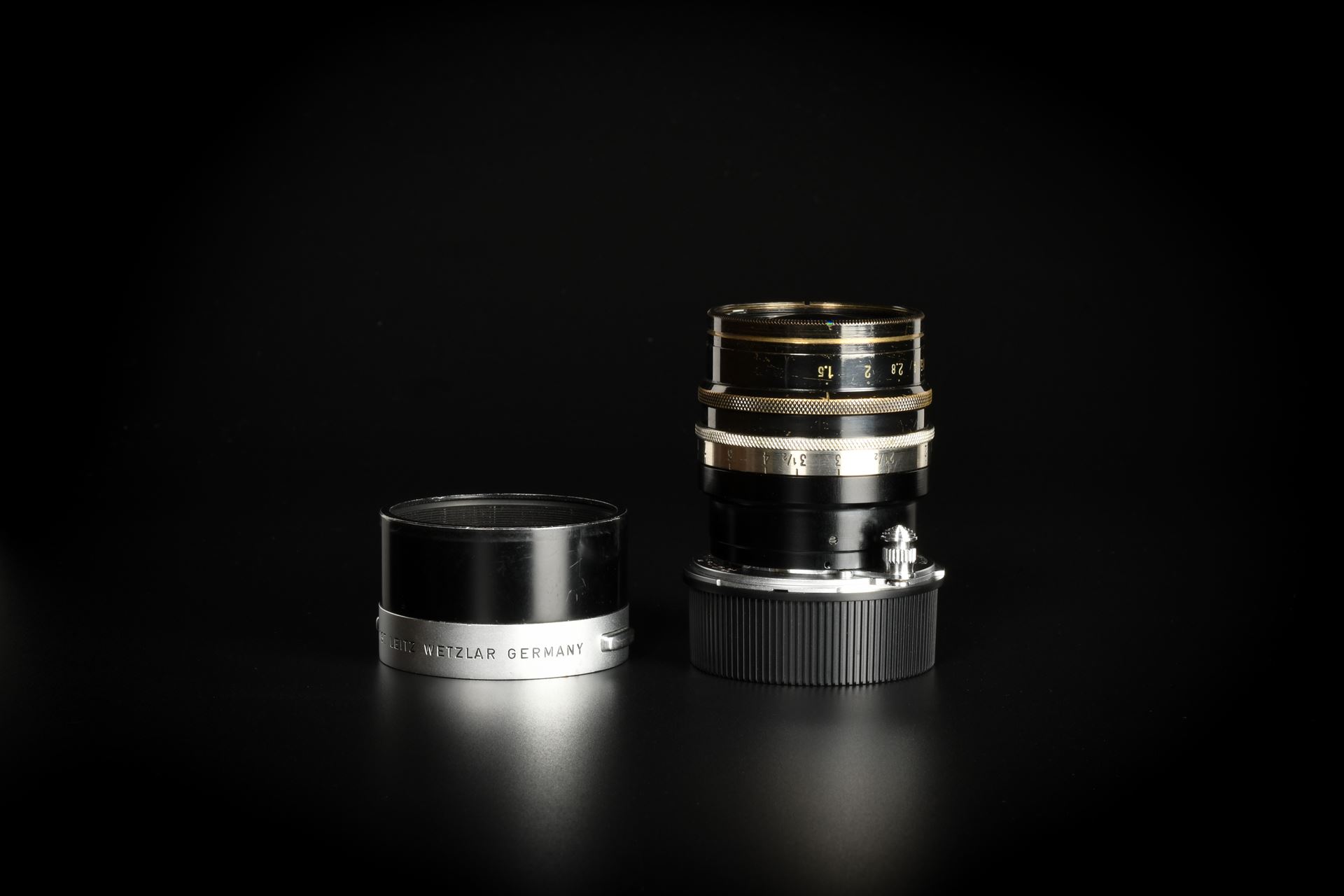

Ahci driver windows 7 64 bit.ġ5 cm Zeiss Tessar. Power supply Power cables to DC power supply airplane circuitry or battery. Film Special roll film, double perforated 13 cm wide. Film Flattener Probably a spring loaded plate inside the interchangeable back that was raised by a cam during film advances, as in the MK80. Weight of 250mm lens alone: 1.7 kg 500mm lens alone: 2.4 kg mounting bracket: 6.2 kg.īack Interchangeable. It could be attached to a rigid (fixed) frame which was secured to the belly of a plane, or it could be removed from the frame and used as a hand camera, since it came with two side handles. The camera was convertible for multiple uses. Specification details for the Ross Aerial Hand Camera SKa 4 Body Cast aluminum. The SKa 4a camera body was simpler, smaller and lighter, which provided a bayonet lens mounting facility only. The SKa 4a was a variant of the SKa 4 that had no provision for a permanently mounted 15cm lens that folded away. If the 15cm lens was in use one had to attach a clear glass or filter in the bayonet mount. The 15cm lens mounting was unusual in that it was mounted inside the camera and folded away when one of the other lenses was mounted in the bayonet. But, if you want to take a different tack identifying an Ihagee camera, on Hugo Ruys' site.
#HUGO MEYER LENS SERIAL#
I can't help you with Meyer lens serial numbers.
#HUGO MEYER LENS SERIAL NUMBERS#
They even have the serial numbers from the Saalfeld plant of Zeiss, that. Hugo Meyer was an old company, other lenses were the Trioplan ( a.

The complete camera system included three lenses: 15cm, 25cm, and 40cm.

The design of the SKa 4 was somewhat unconventional. Another thoughtful innovation was the stamping of the date, hour and minute of exposure on the edge of the film frame. This auxiliary viewfinder was designed to protrude beneath the floor of the airplane. The auxiliary optical viewfinder had a viewing magnifier to observe with greater clarity the area being photographed. The camera had interchangeable lenses and an innovative interchangeable film back. The SKa 4 was electric motor driven and picture spacing could be controlled with an intervalometer. Victor and his work crew started work on this new aerial camera promptly and within several months they had designed and built a 12 x 12 cm format, rigid mount camera known as the Flygseriecamera type SKa 4. Also if the flight line was held at constant altitude and azimuth, and the sequence of exposures spaced with about a 60% overlap, the photos could be used for stereoscopic photo interpretation. Such a camera would record the ground picture area with enough detail and registration to make decent cartography possible. This camera was to be permanently mounted in the belly of a similar or larger airplane, with the lens axis perpendicular to the ground and with a larger picture format. So, later in 1941, they asked Victor to design and build an aerial camera to fill a different need. Ross Military Cameras By Charlie Chernoff Part Three - SKa 4 and SKa 4a Ross Aerial Cameras SKa 4 and SKa 4a The Swedish Royal Air Force photo interpreters were pleased with the performance of the HK 7 HandKamera.


 0 kommentar(er)
0 kommentar(er)
